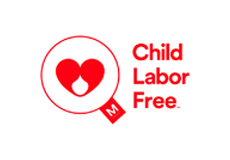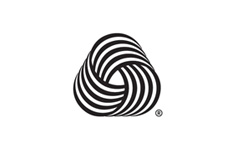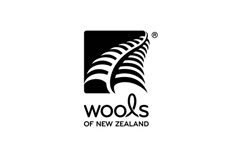-
Free EU and UK Shipping30 day return policyDelivery - from 2 daysHigh quality and best price
Cart
0
0
No products
Shipping
To be determined
Tax
0,00 zł
Total
0,00 zł
Prices are tax included
Product successfully added to your shopping cart
Quantity
Total
There are 0 items in your cart.
There is 1 item in your cart.
Total products
(tax incl.)
Total shipping (tax incl.)
To be determined
Tax
0,00 zł
Total
(tax incl.)
Pakistan
Pakistani carpets belong to the group of Turkmen carpets which include carpets from the following countries: Afghanistan, Pakistan, Turkestan, Turkmenistan, Uzbekistan. There are carpets named Afghan, Baluchi, Herat, Mauri, Tekke, Turmen, Bukhara and Jomud.
The "Turkmen" carpets (a name often used in the trade) are dense, precise woven (typically about 200,000 bunches per square meter), usually have a low fleece (less than 10mm) and very good wool. The warp depending on the origin and type of carpet is made of wool,...














